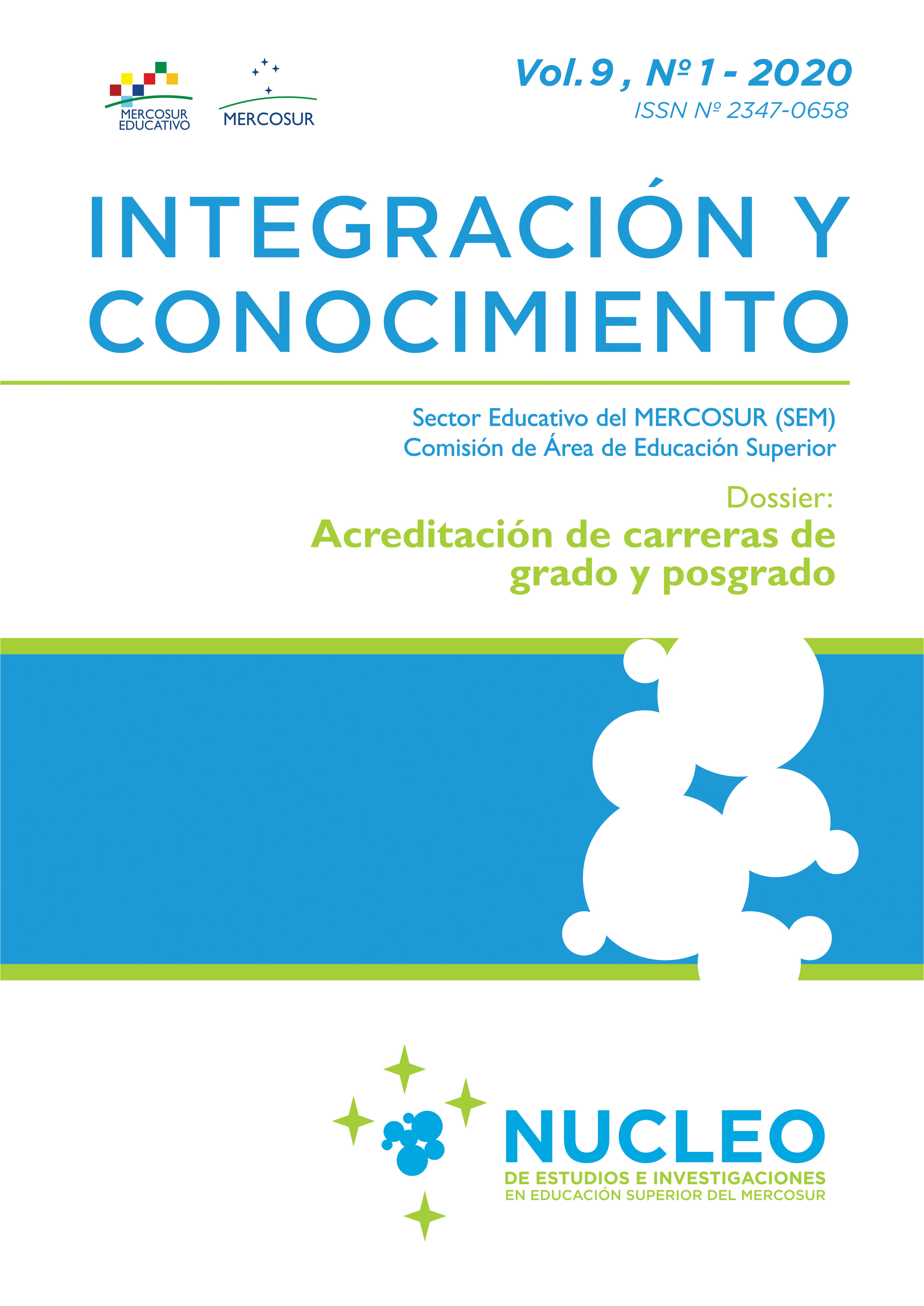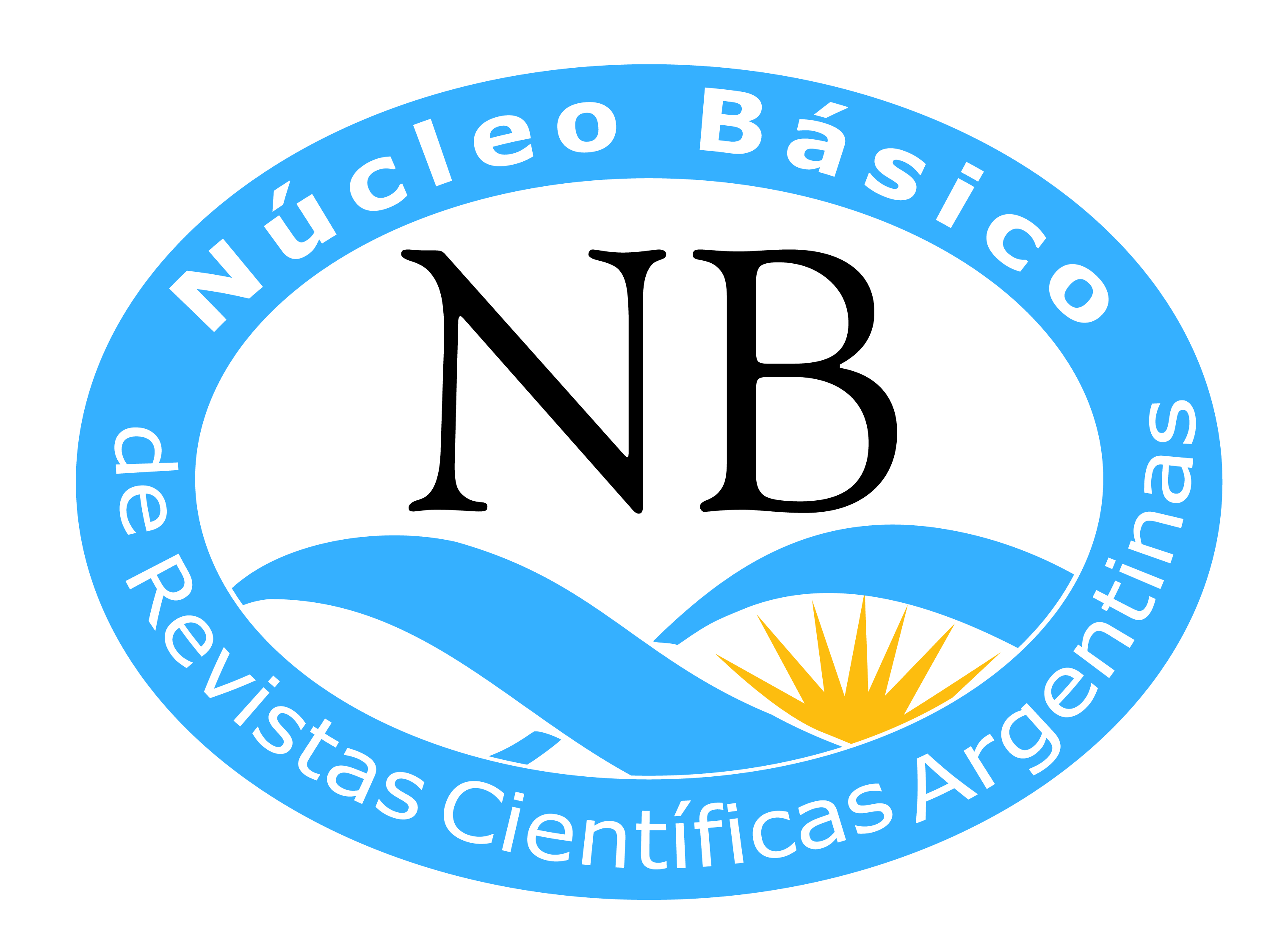Nuevos roles, nuevas identidades: ¿el nacimiento de un nuevo sector en las universidades públicas Argentinas?
DOI:
https://doi.org/10.61203/2347-0658.v9.n1.27601Abstract
El tradicional modelo colegial de funcionamiento universitario, del cual es constitutivo el debate académico y político, resultó fuertemente conmovido por el enfoque gerencialista alineado a la Nueva Gerencia Pública, ínsito en el Programa de Reforma de la Educación Superior, iniciado en nuestro país en la década del 90. Estos cambios han requerido nuevas funciones que conllevan nuevas competencias, y que articulan en última instancia en nuevos roles institucionales, diferentes a los históricos roles universitarios. ¿Qué actores, qué sector universitario asume estos novedosos roles? ¿El sector docente, el no docente, el político? ¿Se está configurando un nuevo sector con características distintivas? Se concluye que, por el momento, no ha llegado a consolidarse un nuevo sector formal, claramente diferenciado de los tres sectores tradicionales (docente, no docente y político). Sin embargo, parece innegable que la emergencia de novedosas funciones universitarias y de los roles consecuentes se acentuará en el porvenir. Por ello, se impone la necesidad de asumir la revisión crítica de la relación entre el personal de apoyo, académico y de gobierno, y considerar particularmente los nuevos reclamos a la gestión universitaria.
Downloads
Downloads
Published
Issue
Section
License
Authors who have publications with this journal accept the following terms:
a. Authors shall retain their copyright and guarantee the journal the right of first publication of their work, which shall simultaneously be subject to the Creative Commons License of Recognition which allows third parties to share the work as long as its author is indicated and its first publication is this journal.
b. Authors may adopt other non-exclusive licensing agreements for the distribution of the published version of the work (e.g., depositing it in an institutional telematic archive or publishing it in a monographic volume) provided that the initial publication in this journal is indicated.
c. Authors are allowed and encouraged to disseminate their work via the Internet (e.g. in institutional telematic archives or on their website) after publication of the article, which may lead to interesting exchanges and increased citations of the published work. (See The Effect of Open Access).



